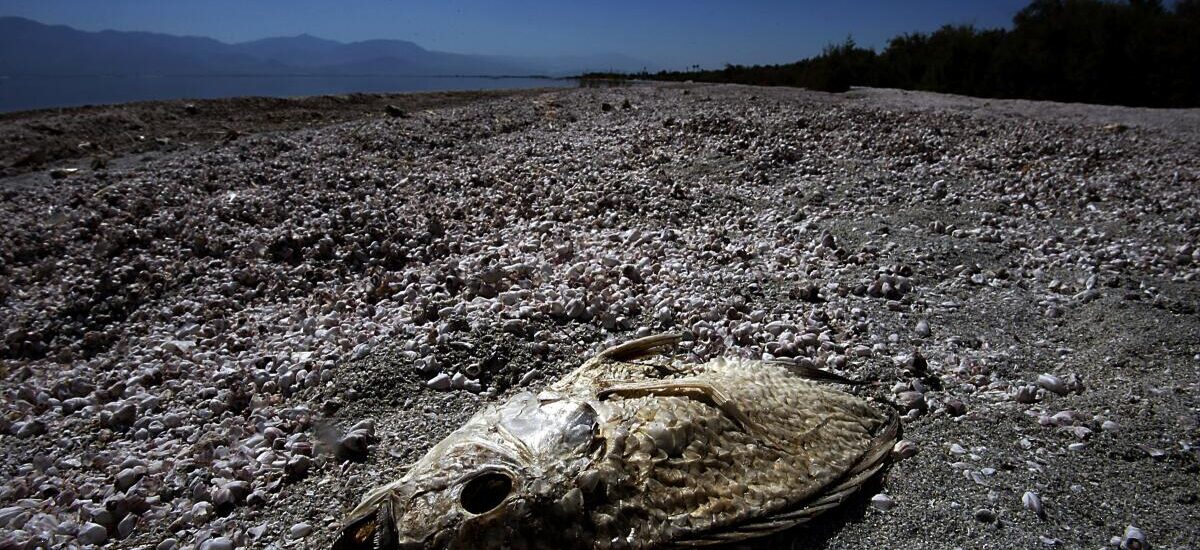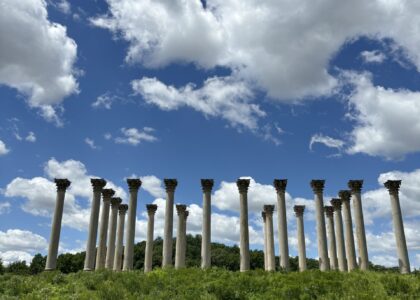Welcome to the Salton Sea, a place as enigmatic as it is infamous. Nestled in the Colorado Desert of Southern California, the Salton Sea is a testament to the unexpected consequences of human intervention in nature. Its story begins in 1905 with a rather dramatic twist of fate. The Salton Sea was actually born out of a mistake—a man-made accident when the Colorado River breached an irrigation canal, flooding an ancient basin known as the Salton Sink. For over two years, water poured into this low-lying desert area, creating what would become California’s largest lake.
But before we dive deeper into its history, let’s take a moment to appreciate the irony of its name. Today, the Salton Sea is often called ‘The Stinky Salton Sea’ due to its high salinity and pollution levels, which have led to a distinctive odor. This was not always the case. Once, this area was a bustling resort destination in the 1950s and 60s, drawing celebrities and tourists alike. Frank Sinatra, The Beach Boys, and even the Marx Brothers were among the famous faces who visited this desert oasis.
The Salton Sea’s shores were lined with yacht clubs, marinas, and vacation homes. It was a playground for the rich, complete with fishing, boating, and water skiing. However, this golden era was short-lived. The lack of natural outflow and the continuous inflow of agricultural runoff led to increasing salinity levels. As the lake became saltier, it could no longer support the fish and wildlife that once thrived here. By the 1970s, the resorts were abandoned, and the Salton Sea was left to its own devices, slowly turning into a ghost of its former self.
Despite its decline, the Salton Sea remains a vital stopover for migratory birds along the Pacific Flyway, showcasing nature’s resilience. It’s also a hotspot for environmentalists and scientists who study its unique ecosystem and ongoing challenges. The area around the Salton Sea is rich in geothermal activity, and these natural energy sources are now being harnessed to provide electricity, adding a layer of modern significance to this historical landscape.
The Salton Sea’s story is indeed a cautionary tale about the impact of human activities on natural ecosystems. It’s a living example of how quickly fortunes can change, from paradise to ecological crisis. Yet, it also embodies hope for restoration and revitalization efforts currently underway, aiming to preserve its ecological importance and perhaps even revive its recreational potential. So, as you explore the Salton Sea, remember its layered history—an accidental creation, a glamorous retreat, and a poignant reminder of our responsibility to the environment.





